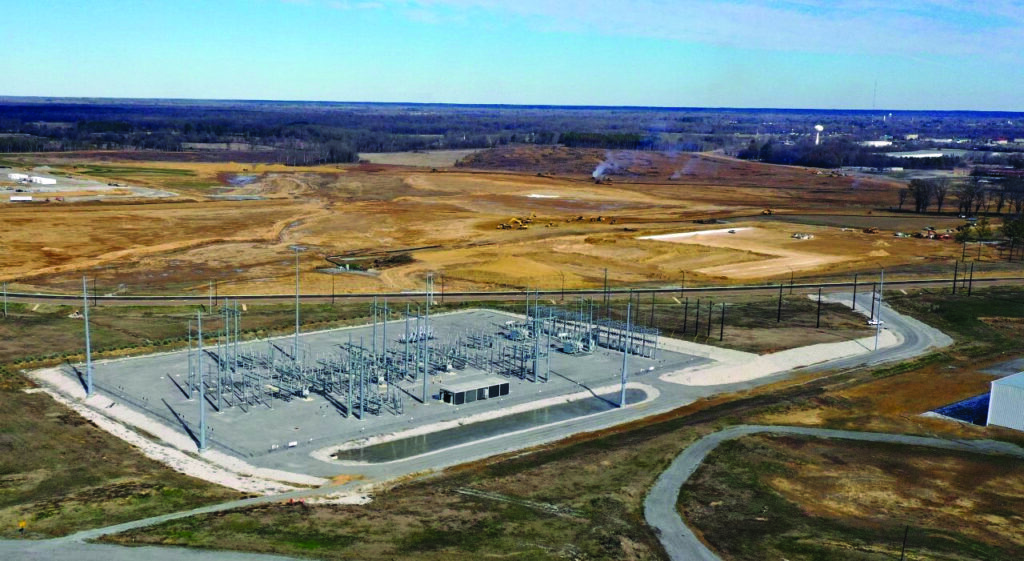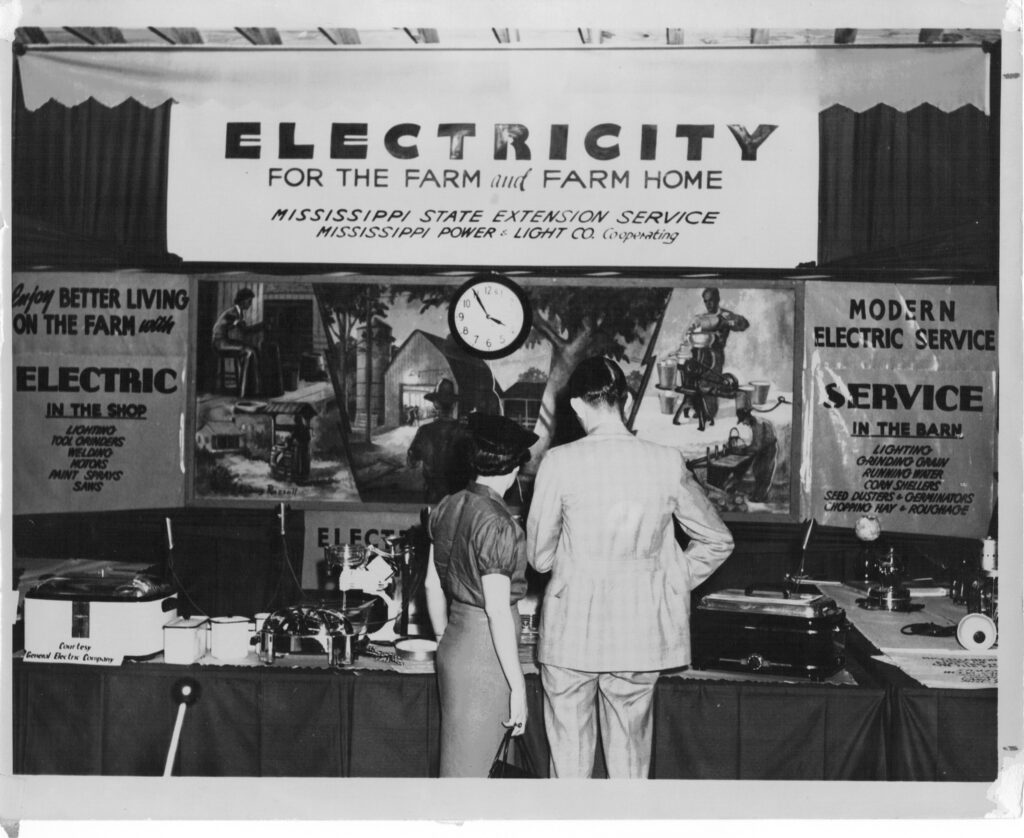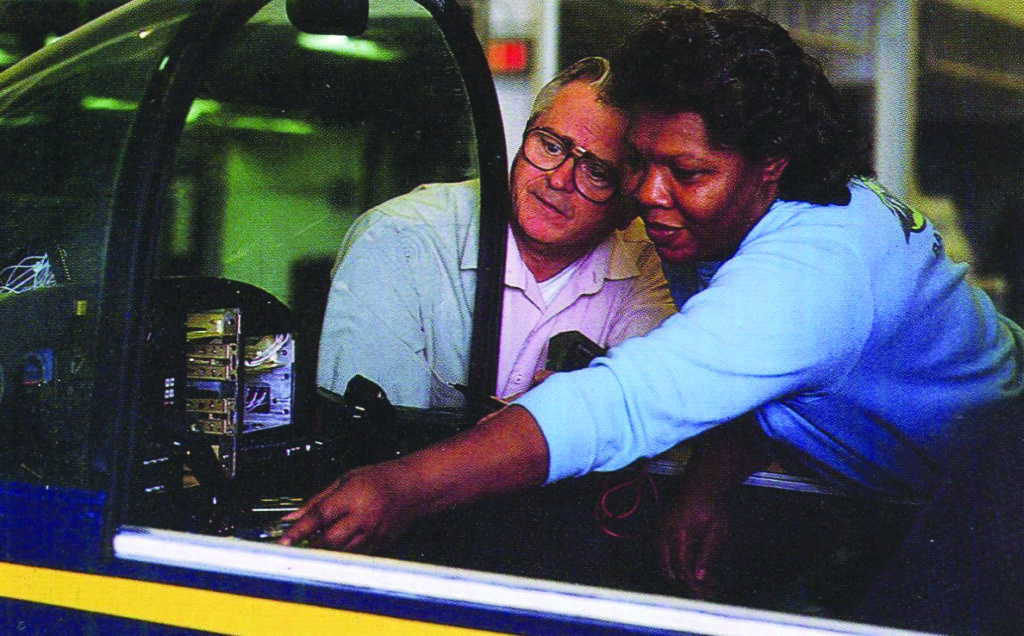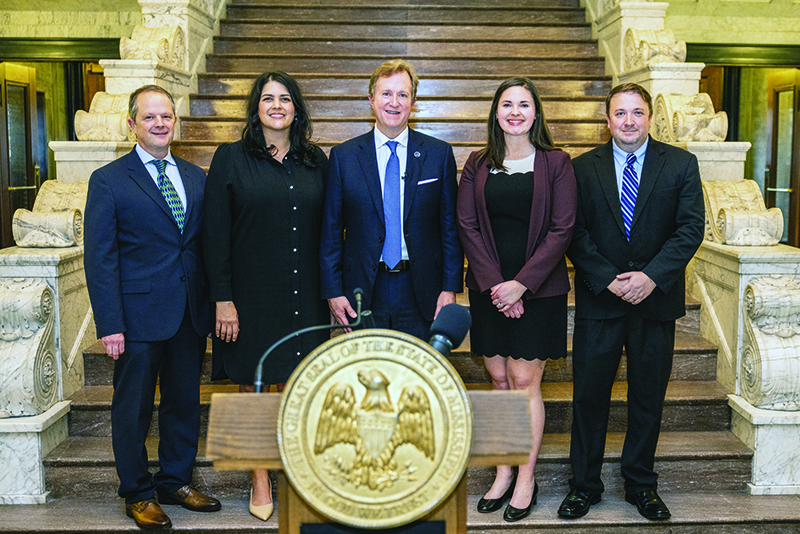Company has long promoted economic growth
In 1923, when Harvey Couch established Entergy Mississippi’s predecessor, The Mississippi Power and Light Company, as an investor-owned electric utility business, economic development was core to its plan.
“They had extra electricity to sell, so what did they do? They went out and recruited industries to come in,” said Ed Gardner, vice president of business and economic development for Entergy Mississippi. “It’s in our DNA.”
Entergy Mississippi’s role in the state’s economic success has morphed over the years— the company now serves 459,000 customers in 45 counties in western Mississippi— but the basic premise is the same: building capacity.
“It’s really about being ready,” said Gardner. “Much of what’s always been done in economic development is developing relationships. But if you don’t have something to sell, those relationships aren’t going to really help you that much.”
The utility company, in its embryonic phase, struggled from 1929 to 1933, when farm income dropped 64 percent, and the average annual income, already the lowest in the nation, dropped to $117. On a single day in 1932, one-fourth of the state’s farmland was sold for taxes owed.
The first substantial economic development success occurred in 1936, under Gov. Hugh White. White asked state lawmakers to approve an economic development concept to entice a textile manufacturer to his hometown of Columbia. To do so, White convinced citizens to pledge promissory notes to secure an $85,000 bank investment to build a factory. The plan was more successful than anticipated, and a new chapter in business recruitment developed.
A key economic development move for the company occurred in 1991, with the advent of the Teamwork Mississippi Program. A cornerstone of the initiative was the Team City conference, an annual meeting of community leaders and economic developers to align priorities and outreach efforts. Community colleges played an integral role through workforce training programs.
“We put Teamwork Mississippi together with the understanding that if you’re going to be successful, you’ve got to get people ready to be successful,” said Will Mayo, director of economic development from 1979 to 2002.
Before joining the company in 2015, Gardner spent 20 years in economic development in Alabama and Florida. He missed the onset of the Nissan project but was there for at least one Nissan expansion.
“When I started here, we spent a lot of time recruiting the best economic developers to our service territory, because there’s no substitute for a top-flight economic developer,” he said. “We can do everything right at the utility. The state can have the best incentives in place. But if a strong local economic development effort isn’t also in place, you’re not going to win.”



Gardner, who described Entergy as “a vertically integrated economic development organization to make sure local economic developers have support,” helped recruit Joey Deason in 2017 to the Madison County Economic Development Authority (MCEDA) as executive director.
“He’s quite simply one of the best in the business,” said Gardner. “We always help communities looking for a good economic developer.”
On a statewide level, Entergy works with the other three utility providers to market Mississippi: Mississippi Power, TVA, and Cooperative Energy.
To get a better understanding of the overall economic development process, Gardner was asked which organization typically gets the initial lead on a potential project?
Most projects, either from a company directly or through a consultant, come through the Mississippi Development Authority, answered Gardner.
“Some projects come directly to a local entity for some reason: maybe it’s an expansion project where there’s a relationship, or maybe it’s a broker that’s listing a piece of property or land in a county. The broker might reach out directly to the county. Or if it’s particularly a heavily power-driven project, they often contact us first,” he explained. “That was the case with Amazon Web Series (AWS).”
For instance, if significant power is needed, “it doesn’t make much sense to call states and ask them to send a list of all available sites, because they’ll have to call the electric utility to figure out where they can be served and those kinds of issues,” said Gardner. “Otherwise, you’re just submitting sites that will never be taken seriously.”
Entergy developed two key tools that have accelerated economic development efforts: the first, in 2011, was the Qualified Site Program, to help communities develop approved, highly marketable sites. And, the second, in 2017, was the Excellerator Competitive Community Program, a 50/50 matching grant program awarded annually to defray due diligence costs to make sites shovel ready.
“By having an Entergy-qualified site, the community has removed most of the risk from the site, so they can move quickly to market,” explained Gardner. “Because what’s most important today is speed.”
Entergy has seven qualified sites that include the 1,665-acre Northwest Mississippi Mega Site in DeSoto County and the 371-acre Wynndale Industrial Center in Hinds County.
“It’s a rigorous program, but if a community meets all the criteria, we’ll put our stamp on it,” said Gardner.
Entergy played a pivotal role in Amazon first locating to Madison County in 2020 with a 3-million-square-foot robotics sort facility at the Mega Site, in large part because of the substation Entergy had built the year before.
And, of course, Entergy played a pivotal role in recruiting the $10 billion investment in Madison County announced in January to build two data center campuses.
“The impacts of this historic investment will reach across our service territory,” said Gardner. “Most importantly, it will allow us to make significant reliability improvements, while keeping rates affordable for all of our customers.”


